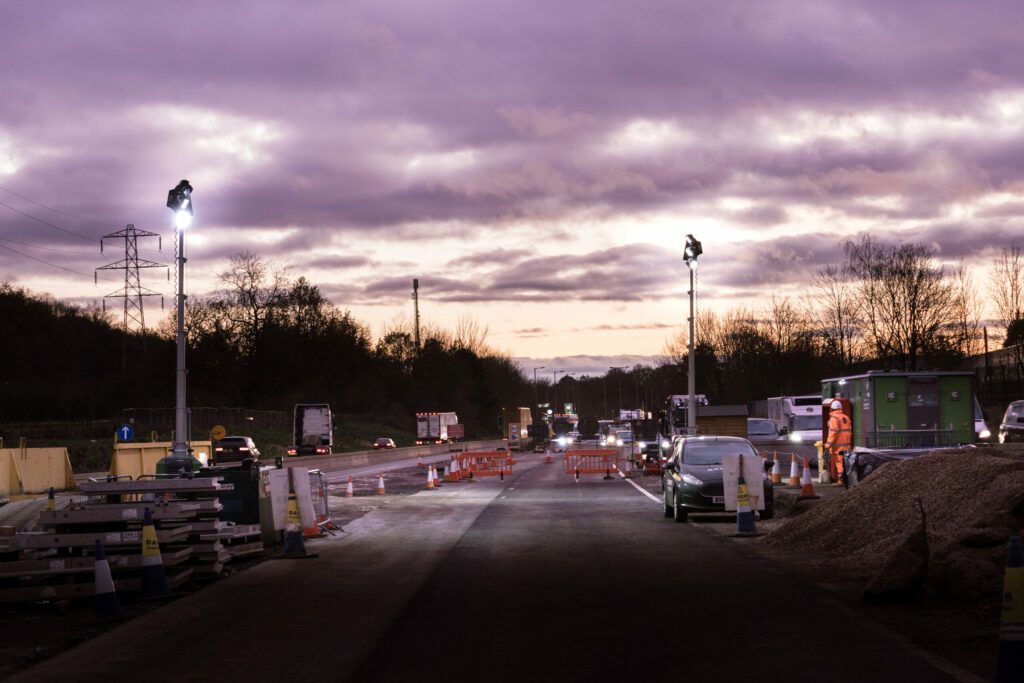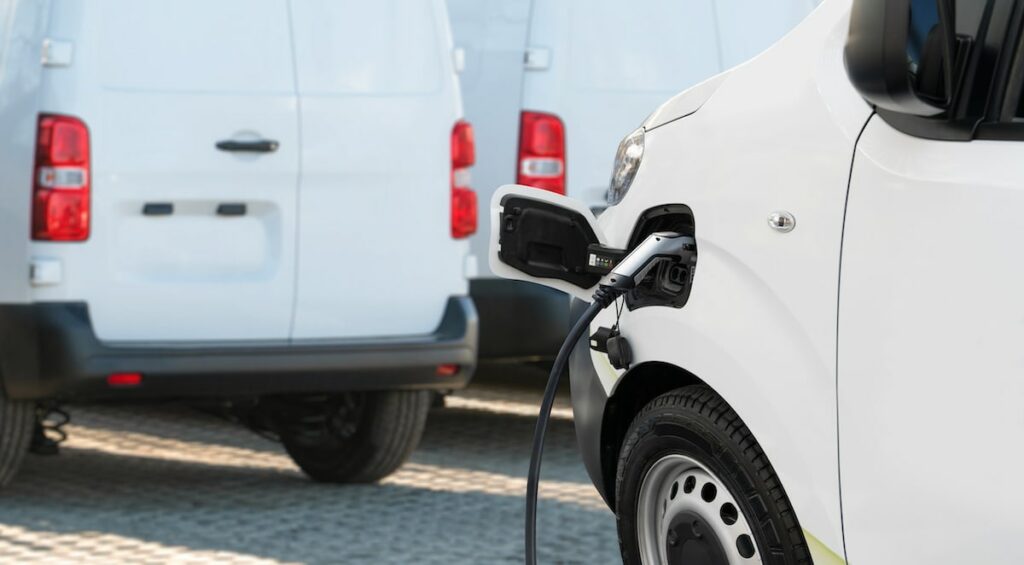The window for a smooth transition to net zero is closing fast. That’s according to the latest report from the Intergovernmental Panel on Climate Change¹, which warns that environmental risks are increasing more quickly than scientists previously expected.
Recording-breaking weather events are becoming more common – just look at Europe’s recent spate of extreme heat waves. Such events will continue to affect supply chains and drive public demand for more decisive action.
But what does this mean for the UK’s construction firms in the short-term?

Companies face greater scrutiny
Construction has made huge efforts in recent years. Firms have been under extreme pressure to change their operating models to reduce carbon emissions, and recent reports suggest the majority have made strong progress².
This is down to a number of key factors – from widespread efforts to increase the use of renewables to the introduction of carbon-saving strategic equipment like mobile welfare units and mobile tower lights.
However, the revelation that climate change is accelerating can only increase the pressure on construction firms. A recent pledge to eliminate 78% of diesel from construction by 2035³ is positive news, but many argue this is not enough. One report earlier this year claimed that the UK had “lost a decade” in its battle against climate change – and construction must act fast to catch up.

Net zero goals won’t change – but firms must
The current net zero deadline of 2050 is unlikely to change. This doesn’t mean the pressure to decarbonise will not increase though. With some firms already claiming they will reach net zero in the next few years⁴, the commercial and reputational damage of not acting will soon become clear.
This could manifest in multiple ways, including:
- Losing out on government contracts, as net zero firms are treated preferentially
- Rising costs, as experts warn of future taxes on carbon emitting supply chains⁵
- Lack of investment, as measurable progress on ESG is increasingly expected
The question is no longer whether construction leaders will respond to reports of climate change acceleration – it’s how they can do so faster than competing firms.

3. Three ways to respond to climate acceleration
1. Focus on measurement
As Richard Robinson, deputy co-chair of the Construction Leadership Council, says: climate progress is made through measurement⁶. Leaders need to quantify their current emissions and understand exactly how each change to their strategic approach will affect their environmental impact. This is especially important for avoiding offshoring of emissions via tier 3 suppliers.
At Welfare Hire, we’ve created a useful tool to enable such quantification. It offers a transparent measure of the effect each of our mobile welfare units and mobile tower lights will have on your emissions:
2. Scrutinise your vendors
From the materials you use to the mobile welfare unit on your site, the supply chain is construction’s achilles heel when it comes to carbon emissions. Leaders must carefully scrutinise every vendor they work with, and ask them how they are planning to reduce their own emissions.
Wherever possible, leaders should opt to partner exclusively with companies that are able to offer clear readings on their products’ emissions. This will make planning far easier, and enable you to map out a faster path to net zero.
3. Find strategic partners
Climate change acceleration demands faster net zero efforts. But for most firms, this will only be possible with innovation. Staying on top of cutting-edge technology trends is challenging though, especially across the numerous areas that impact construction firms’ emissions.
Strategic partners like Welfare Hire are therefore vital. We pride ourselves not only on supplying our customers with eco-friendly mobile welfare units and lighting towers, but keeping them abreast of changes in the industry – and making sure they benefit from every new innovation that comes to market.

WANT TO LEARN MORE ABOUT PARTNERSHIP WITH KELLING GROUP?
2.https://www.newcivilengineer.com/latest/which-construction-companies-are-on-track-to-meet-their-net-zero-targets-07-02-2023/
3.https://www.constructionleadershipcouncil.co.uk/wp-content/uploads/2023/06/CLC-Press-Release-05-June-2023-Diesel-to-disappear-from-most-construction-sites-by-2035-under-new-plan.pdf
4.https://www.newcivilengineer.com/latest/which-construction-companies-are-on-track-to-meet-their-net-zero-targets-07-02-2023/
5.https://www.building.co.uk/comment/a-carbon-border-tax-is-essential-to-prevent-the-offshoring-of-emissions/5122700.article
6.https://www.constructionnews.co.uk/sections/news/on-the-ground-net-zero-progress-is-made-by-measurement-29-06-2023/









